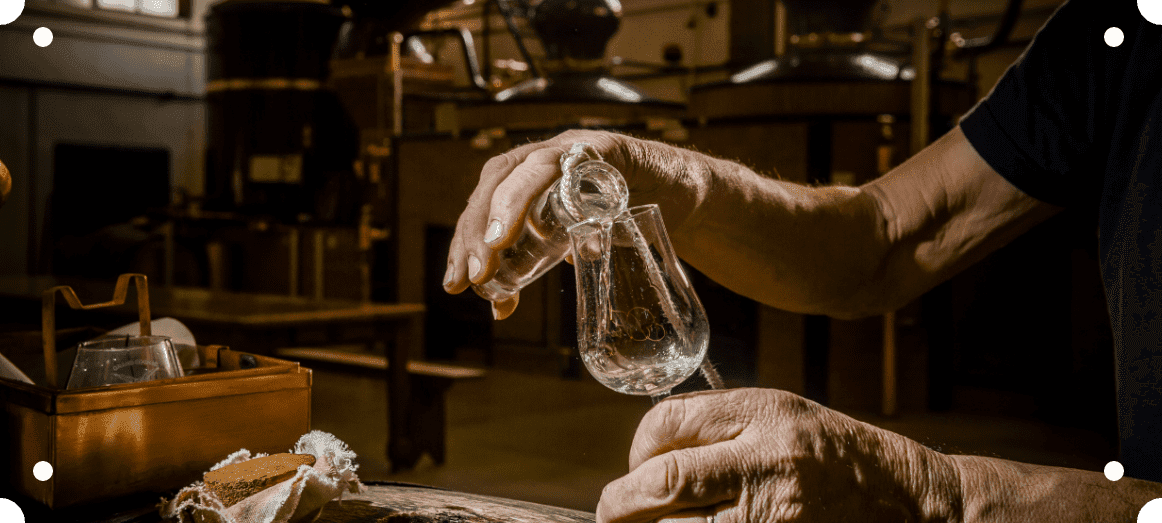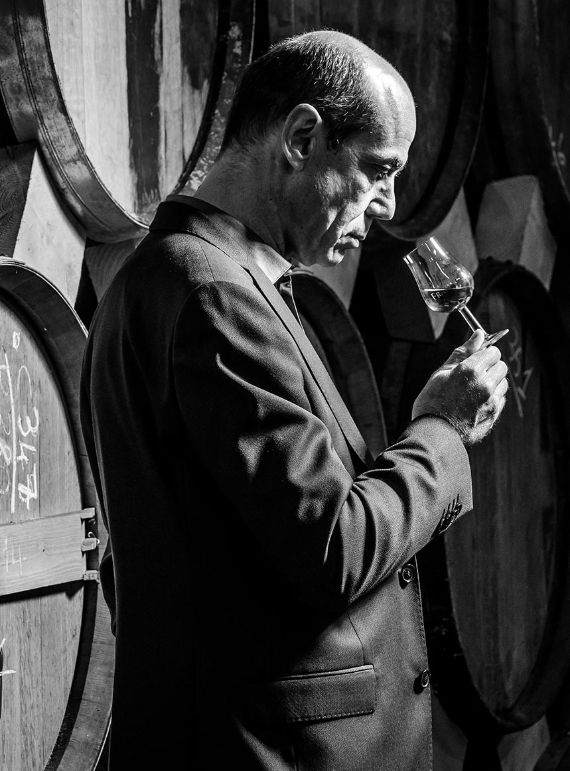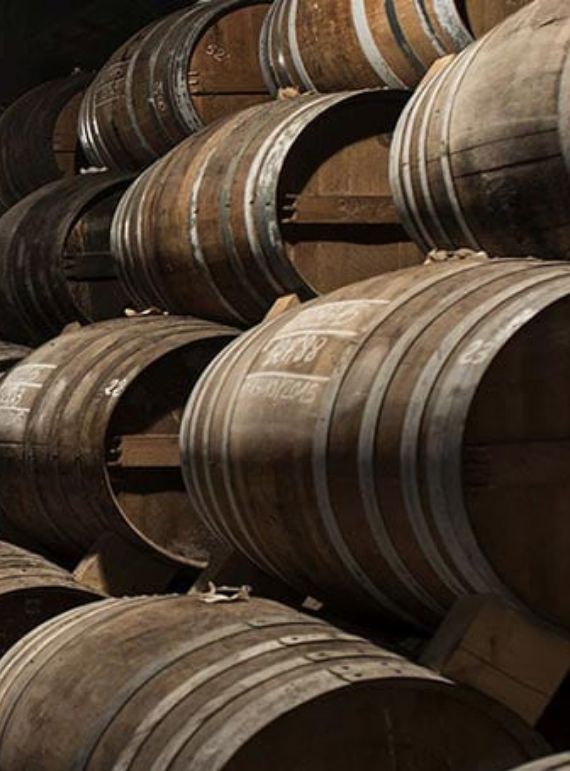Aging : A shared challenge of several generations...
Two elements are involved in the aging of our cognac: the wood of our barrels and the cellars in which they are stored.
Aging through wood
Our cognac ages in Limousin oak barrels. It is this wood that imparts warm colors to the cognac by releasing its tannins upon contact with the eaux-de-vie. Three types of barrels are used. First, new barrels are employed to quickly transfer colors and aromatic contributions to our cognac. Then, our Master Cellar will move the cognac into less young barrels known as 'roux.' The contribution from these barrels will be milder, allowing us more time to observe how the cognac evolves. The aging concludes in century-old barrels. Here, there is no further contribution from the wood, but oxidation and essential evaporation occur: the 'Angel's Share'...









